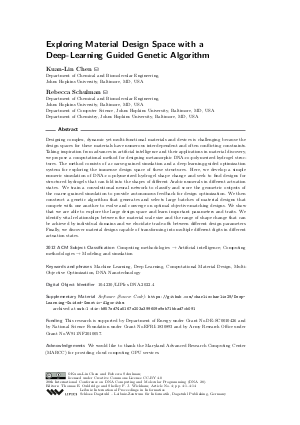LIPIcs.DNA.28.4.pdf
- Filesize: 1.08 MB
- 14 pages

 Creative Commons Attribution 4.0 International license
Creative Commons Attribution 4.0 International license















Feedback for Dagstuhl Publishing